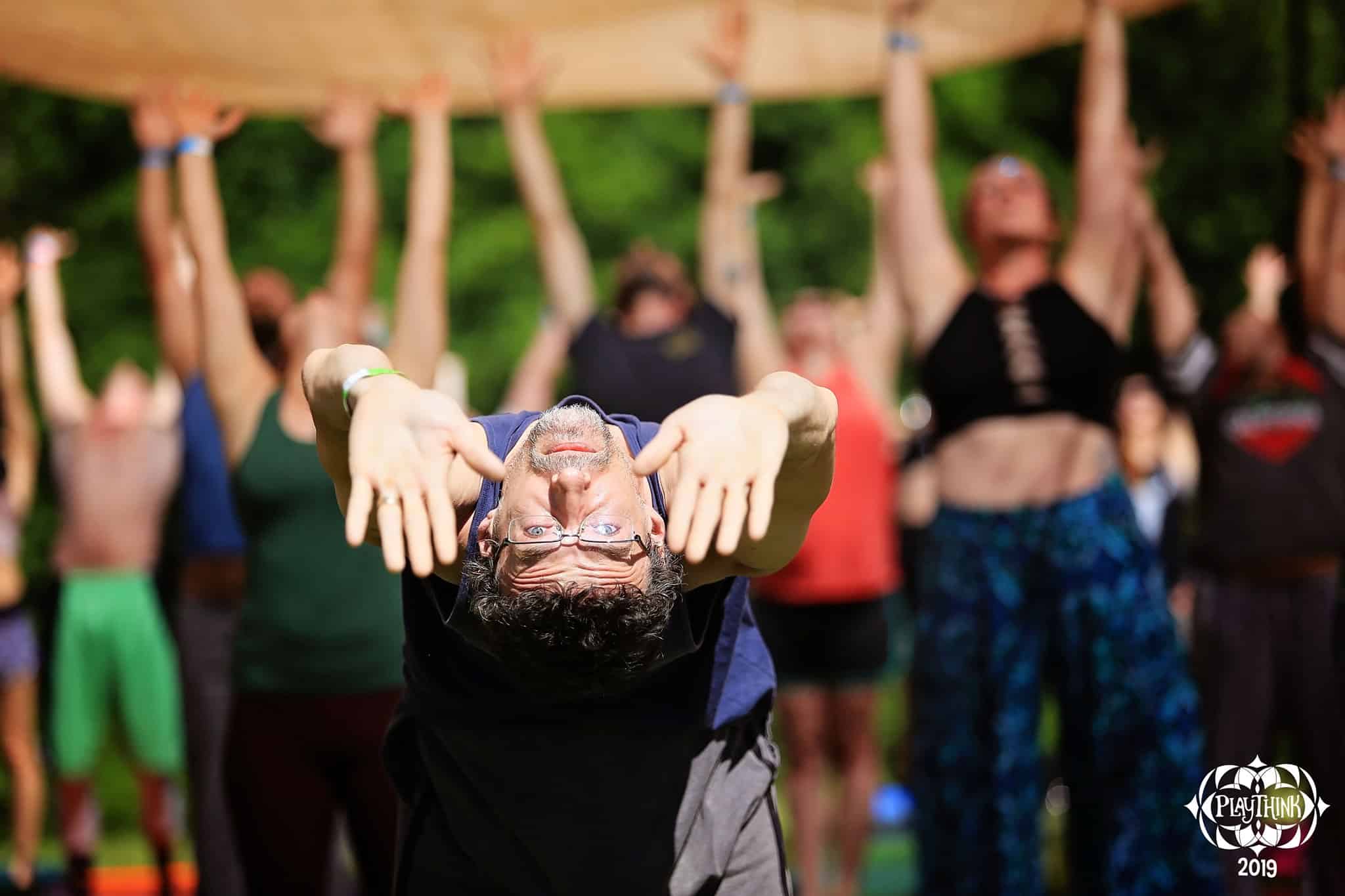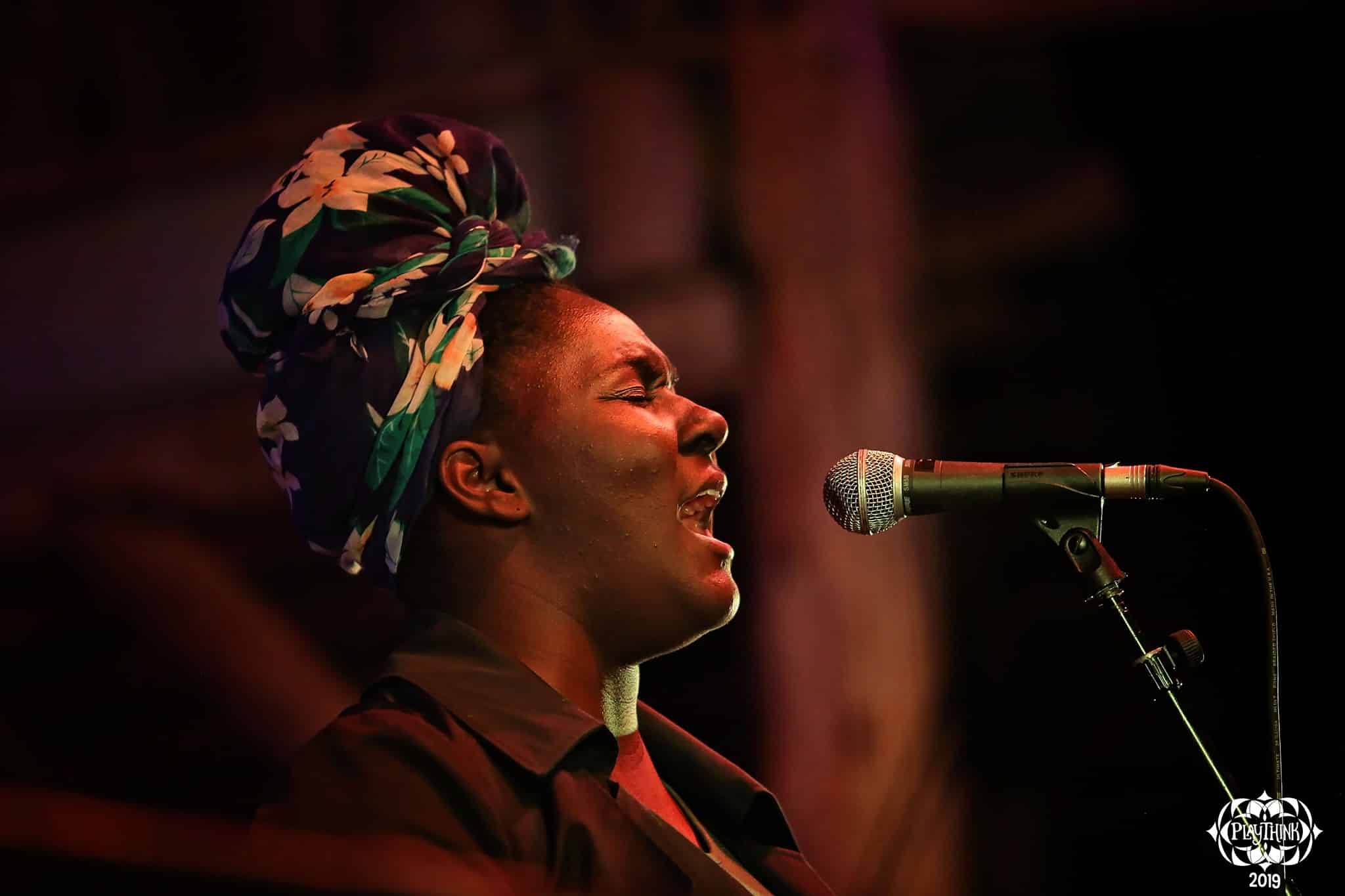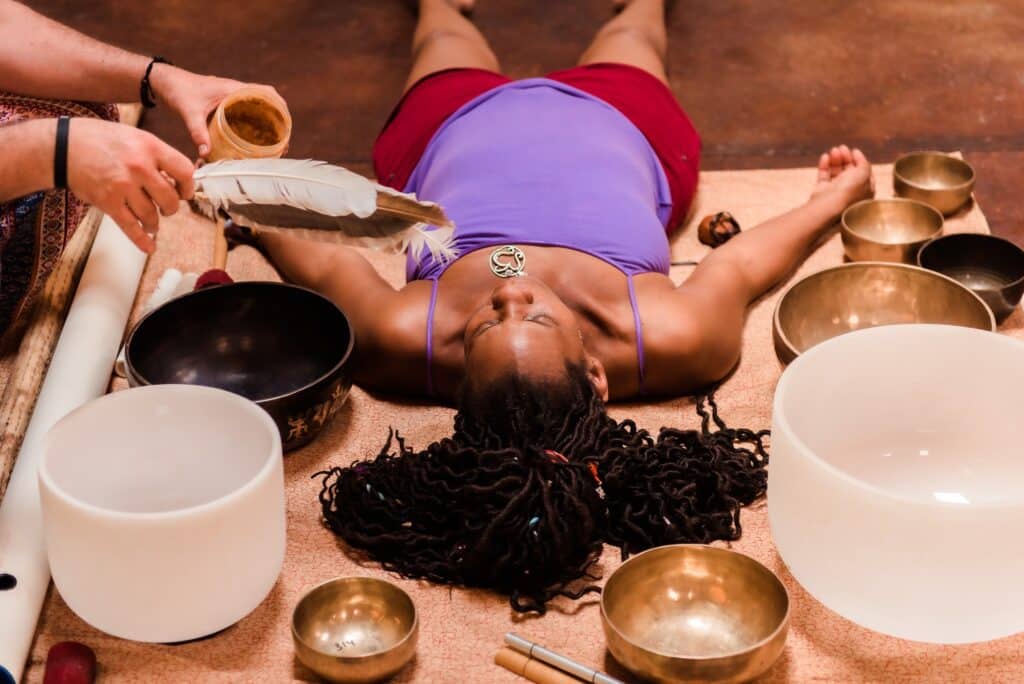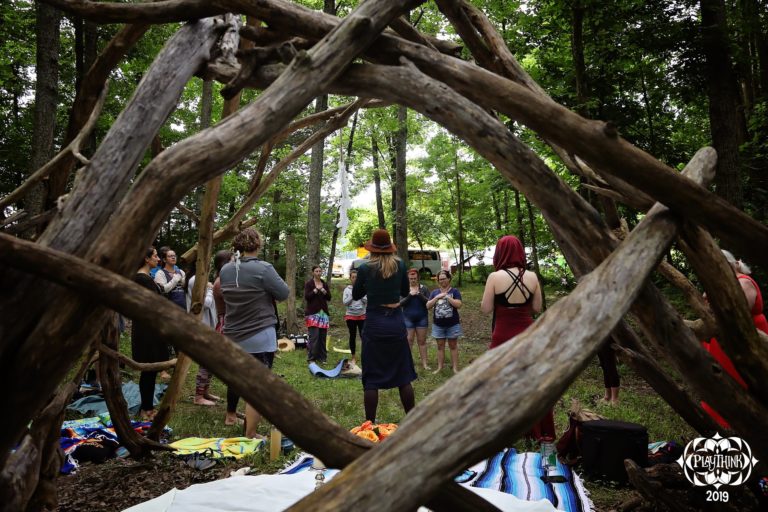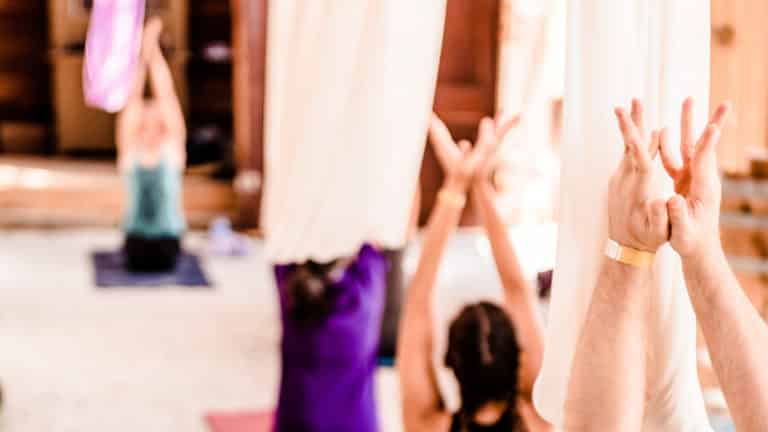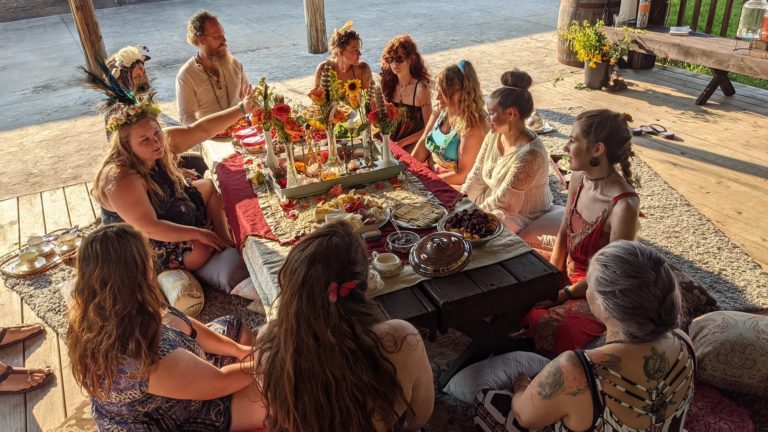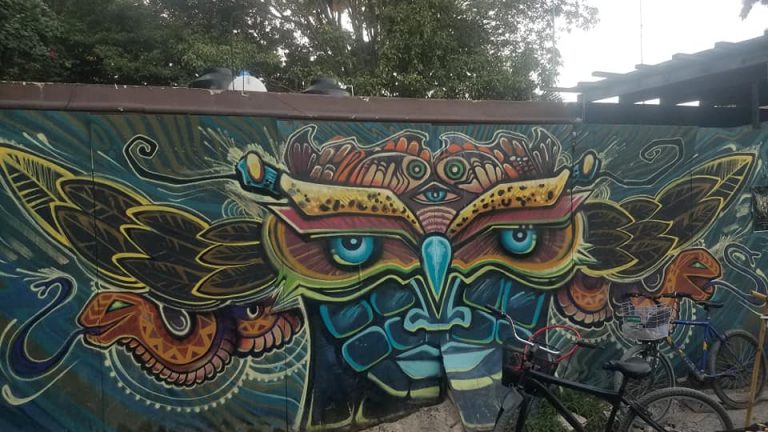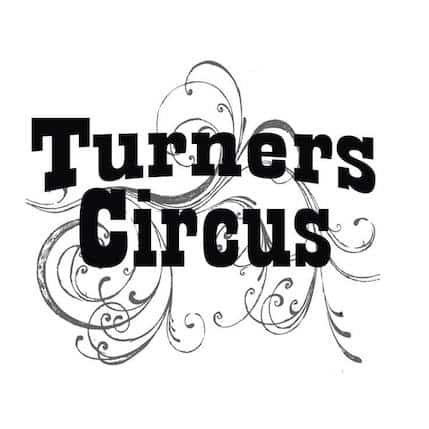Rope dart contact style is when the dart is manipulated without using the grip of the hands. This is an introduction to the contact style of rope dart and aimed to prepare someone to understand the underlying concepts at play when working towards more complex contact moves. While this is a beginner class, it is necessary that someone can execute spins and shots in order for this to be a great class for them.——Class OutlineContact Definition – “Full Contact style is a form of dart manipulation that is performed without using the grip of the hands. Partial contact style will have certain “cheats” that usually incorporate either lead or anchor hand, use of thumps, certain pinches, and other slight hand and finger grips.” – Frank Hatsis, Traditional and Modern Rope DartContact Wrist Weaves
Inside Wrist Weave – The rope will cross over the thumb side of the back of the wrist and cross to the pinky/little finger outside of the wrist.
Outside Wrist Weave – The rope will go across the front of the wrist, towards the little finger, and over the hand.Contact Wrist Spin – Begin in wall plane -> let go of rope and catch on lead wrist -> Allow dart to circle one and a half times -> at 6, step anchor foot behind lead foot -> allow the dart to continue to spin and release from wrist.Wrist -> Neck Spin -> Wrist -> Neck SpinContact Shots
Contact Elbow Shot – Contact wrist weave -> As dart spins up, allow the rope to twine around elbow -> single twine elbow shot -> lead wrist is in position to recover the shot
Contact Rising Elbow Shot – Outside wrist weave -> lead foot steps forward -> turn to face opposite wheel plane -> lead elbow catches rope -> rising elbow shot
Smash Shot – Wheel plane -> cast under lead armpit -> Let go of rope and step forward with lead foot -> catch dart on lead elbow -> allow dart to twine arm/elbow once -> Extend lead elbow and shoot dart
Poki (Repetitive Smash Shots)- Smash shot set up -> Elbow is relaxed (slightly extended/not flexing hard) * Performed in wall plane** Sunrise Demonstration **

